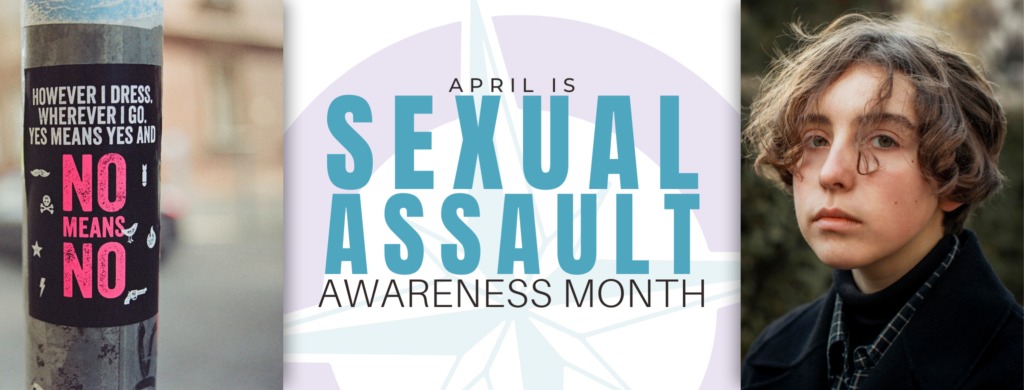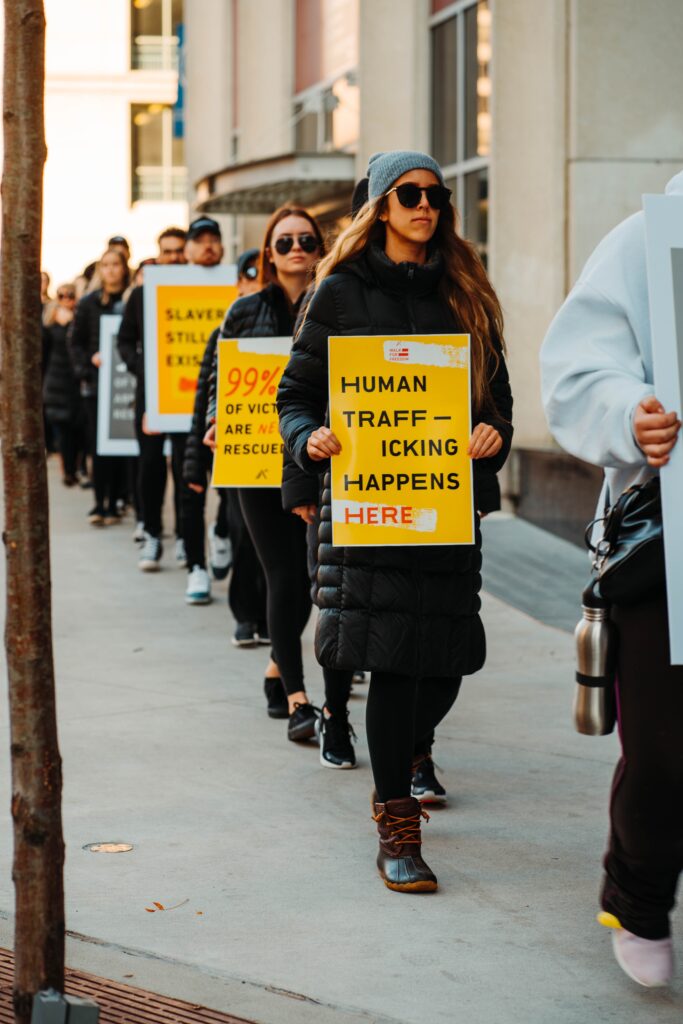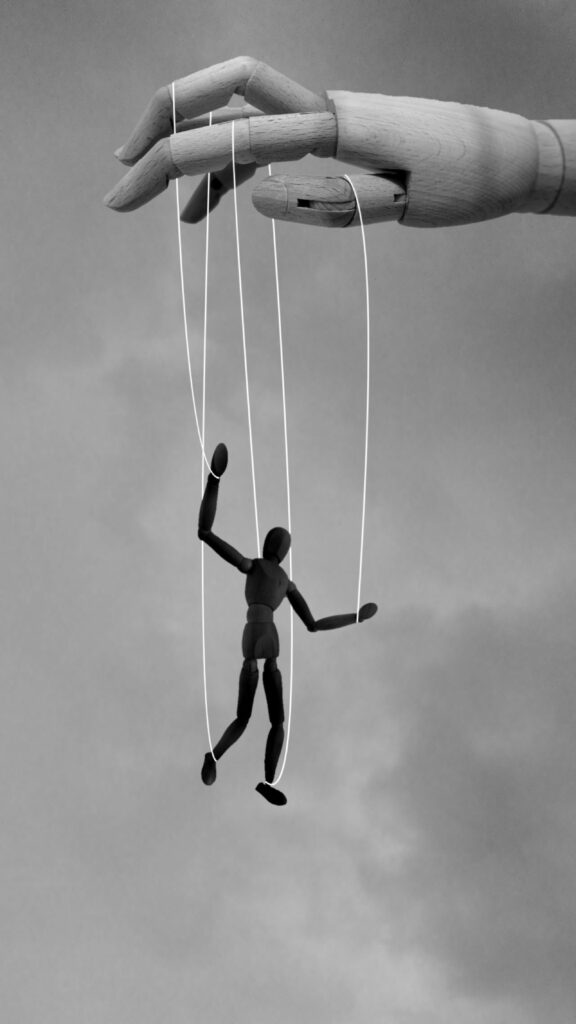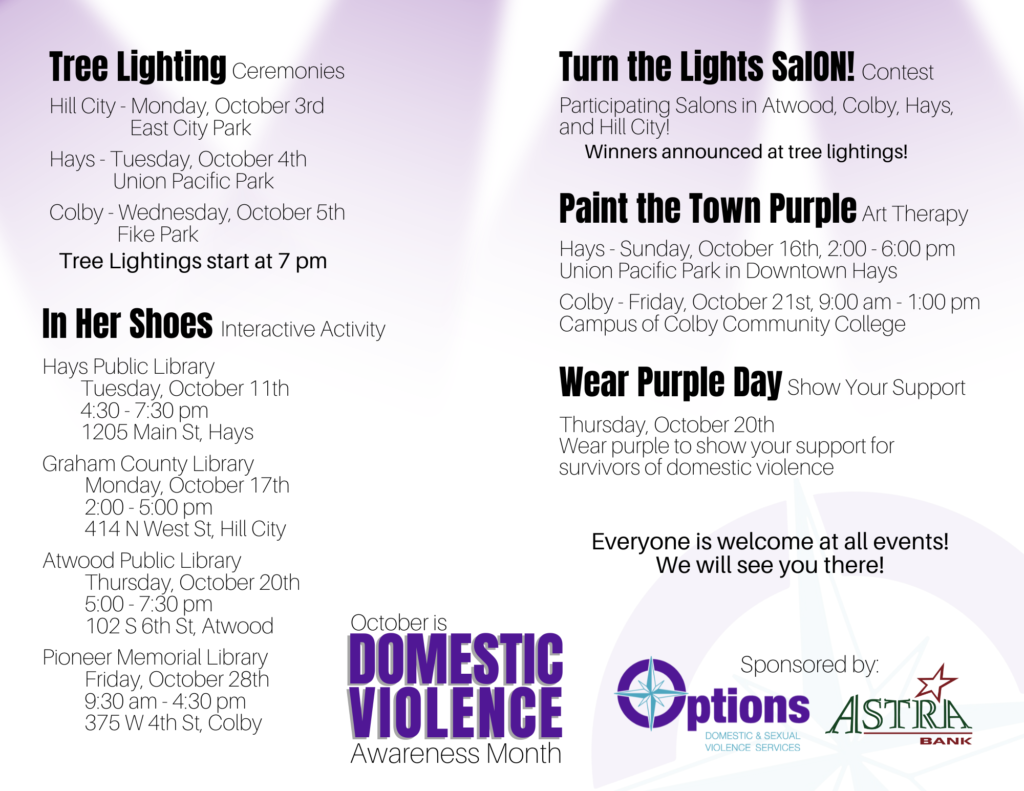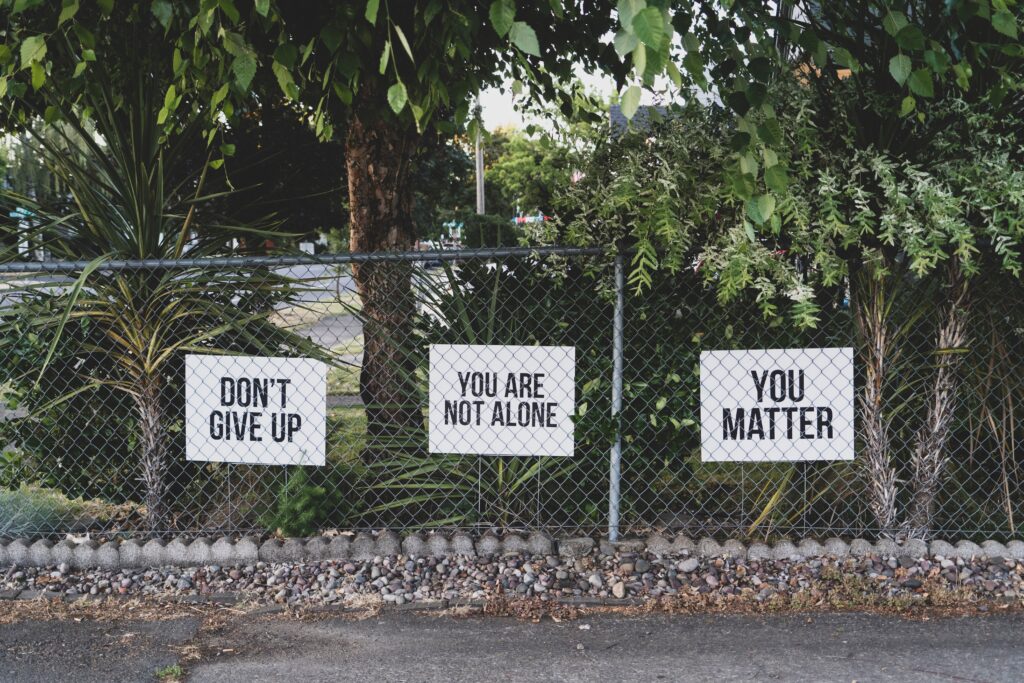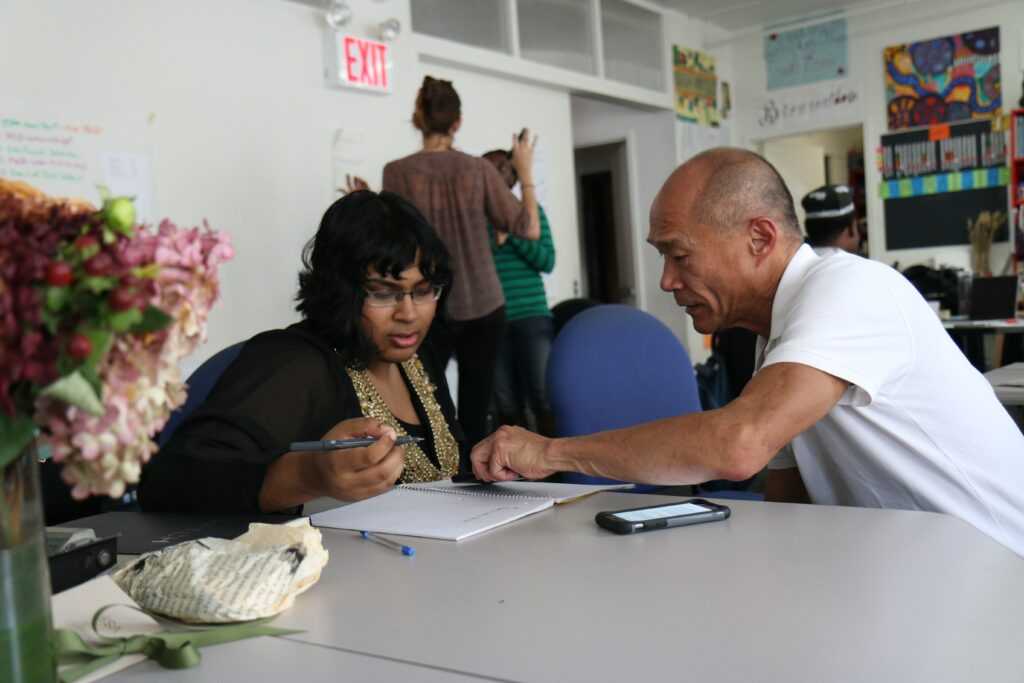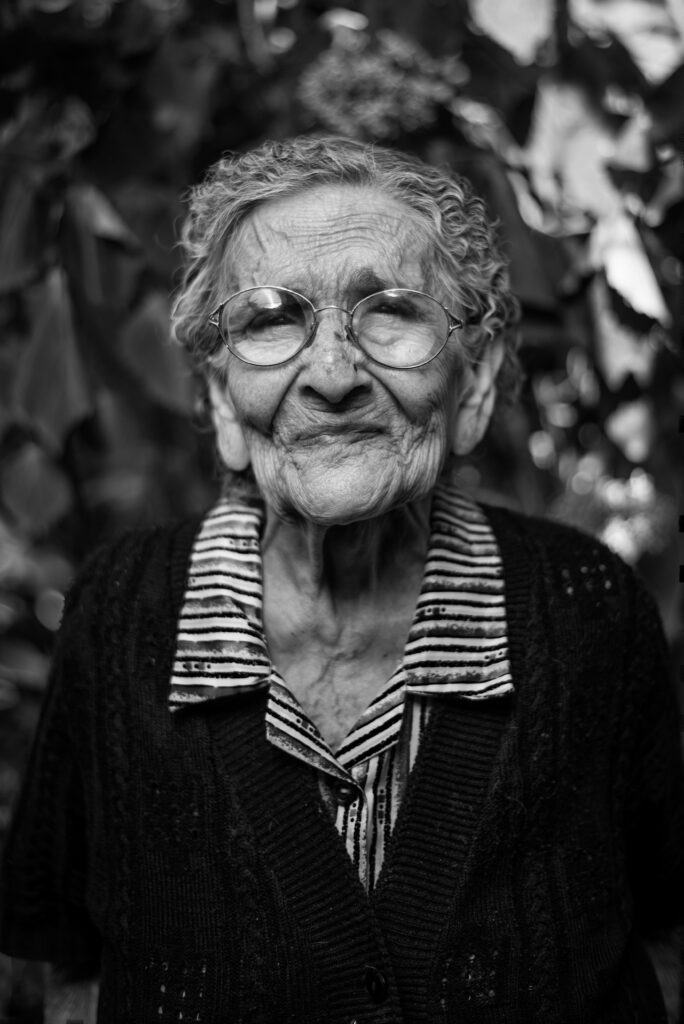Options has several community activities and exhibits coming up during April in recognition of Sexual Assault Awareness Month. Below is a list of all the public events that community members are encouraged to attend or visit.

What Were You Wearing – FHSU
Date: April 3 – 7
Location: Fort Hays State University, Taylor Gallery in the Center for Applied Technology
Time: 8 a.m. – 5 p.m.
Join Options and Jana’s Campaign in this exhibit that highlights real survivor stories. This art installation challenges the belief that what a person was wearing attributed to their sexual assault. An advocate will be present during open hours (excluding the 7th).

Love and Healthy Relationships Expo
Date: April 5
Location: Fort Hays State University, Black and Gold Room in the Memorial Union
Time: 6 p.m. – 8 p.m.
The Center for Empowering Victims of Gender-based Violence is hosting an expo centered around healthy relationships. Options staff will be in attendance to take an in-depth look at victim blaming and how to advocate for your friends.
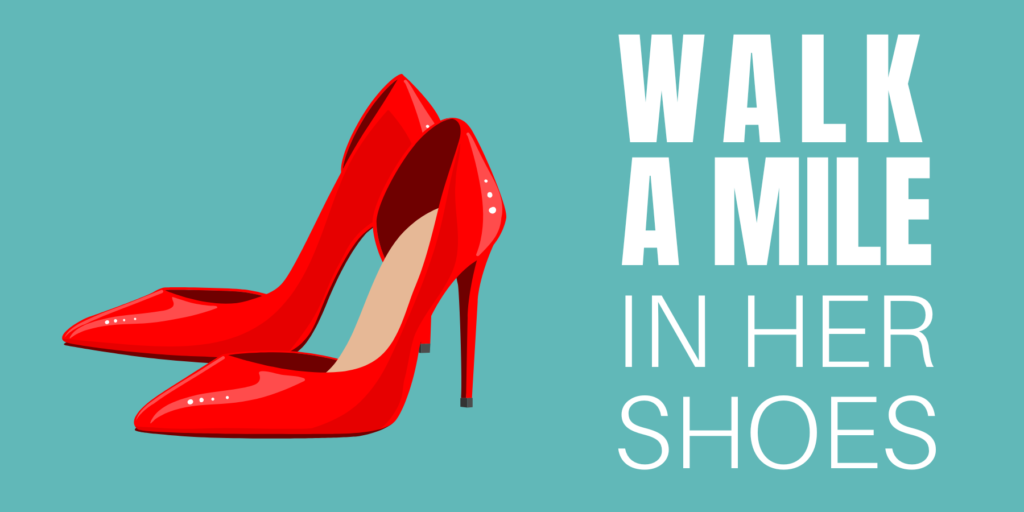
Walk a Mile in Her Shoes
Date: April 12
Location: Fort Hays State University, Quad
Time: 4 p.m. – 6 p.m.
There is an old saying: “You can’t understand another person’s experience until you’ve walked a mile in their shoes.” To get people listening, learning, and talking, Options is helping to host Walk a Mile in Her Shoes at FHSU campus. This event is a campus-wide march to bring awareness to sexualized violence.

What Were You Wearing – Colby
Date: April 13
Location: Colby Community College, Fireside Lounge in the Student Union
Time: 9 a.m. – 4 p.m.
This art installation challenges the belief that what a person was wearing attributed to their sexual assault. The exhibit asks viewers to understand that sexual assault is NEVER about the clothing the survivor was wearing. The sexual assault violates the survivor’s mind, physical being, and emotions; it is not simply woven into the fabric of the survivor’s clothing. An advocate will be present during open hours.
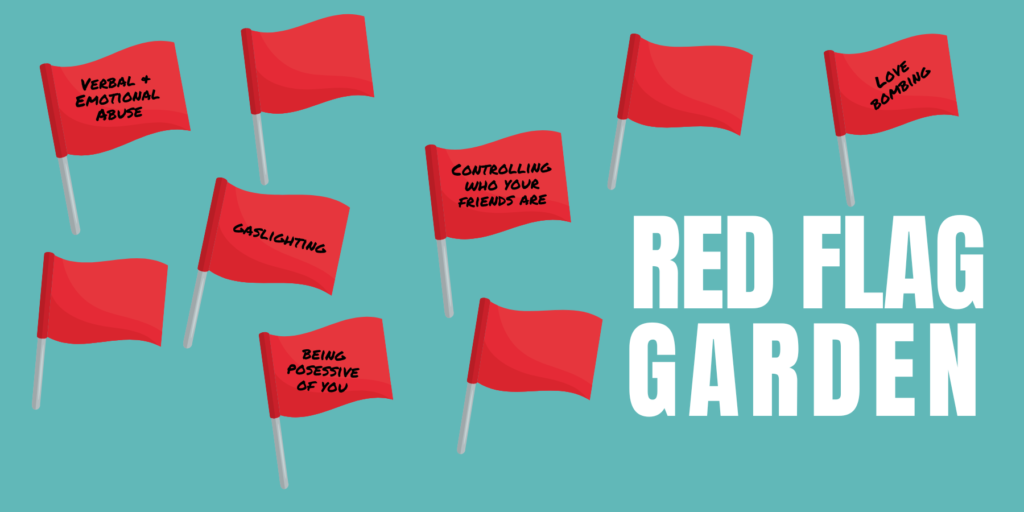
Red Flag Garden
Date: April 14
Location: Fort Hays State University, Quad
Time: 1:00 p.m. – 2:00 p.m.
Us 4 U and Options are partnering to put on the Red Flag Garden to showcase problematic relationship behaviors. Each red flag we “plant” will have a different behavior that is a “warning sign” for abusive relationships.

What Were You Wearing – Big Creek Crossing
Date: April 17-21
Location: Big Creek Crossing in Hays, North end of the main hallway
Time: 10 a.m. – 8 p.m.
This art installation challenges the belief that what a person was wearing attributed to their sexual assault. The exhibit asks viewers to understand that sexual assault is NEVER about the clothing the survivor was wearing. The sexual assault violates the survivor’s mind, physical being, and emotions; it is not simply woven into the fabric of the survivor’s clothing. An advocate will not be present during open hours, but we have partnered with the surrounding stores to give information to anyone who may be feeling triggered by the content of the exhibit.

Walk a Mile in Her Shoes – Colby
Date: April 27
Location: Colby Community College, Union
Time: 10 a.m. – 3 p.m.
There is an old saying: “You can’t understand another person’s experience until you’ve walked a mile in their shoes.” To get people listening, learning, and talking, Colby Community College and Options are hosting Walk a Mile in Her Shoes. This event is a campus-wide march to bring awareness to sexualized violence.

Broken Brides – Spring Art Walk
Date: April 29
Location: Farmers Insurance – Chelsy Proehl-Kofoid Agency (1012 Main St, Hays)
Time: 10 a.m. – 4 p.m.
Join Options at the Spring Art Walk to participate in an interactive art exhibit where “Broken Brides” will be unveiled for the first time. “Not every bride lives happily ever after.” For some, their wedding day is when abuse escalates. Many have reported that their abuse began to escalate as soon as they were married. Broken Brides is symbolic of how items have been used as a weapon or how items are necessary to cover up the abuse.

Hays High School Student Advisory Bake Sale – Spring Art Walk
Date: April 29
Location: Farmers Insurance – Chelsy Proehl-Kofoid Agency (1012 Main St, Hays)
Time: 10 a.m. – 4 p.m.
The Hays High School Student Advisory Board will be present at the Spring Art Walk for a bake sale where all proceeds will be donated to Options. There will be delicious goods of all kinds (cookies, breads, cereal bars, etc.).

If you need any additional information, have a question, or a concern, feel free to reach out to Options at our 24-hour toll-free helpline 800-794-4624. You can also reach an advocate via text by texting HOPE to 847411 or click 24-Hour Chat with Options.
Written by Anniston Weber


